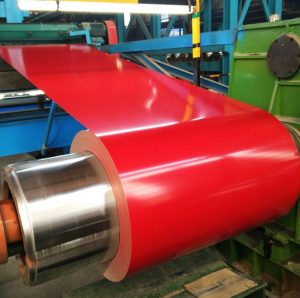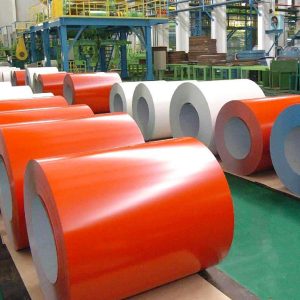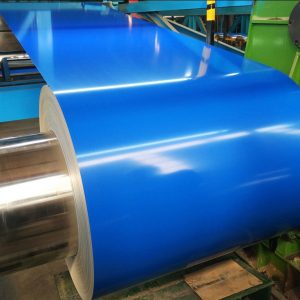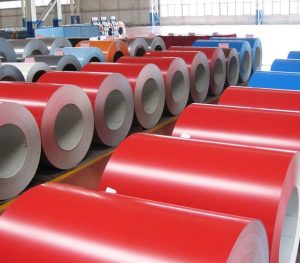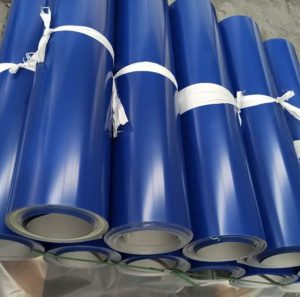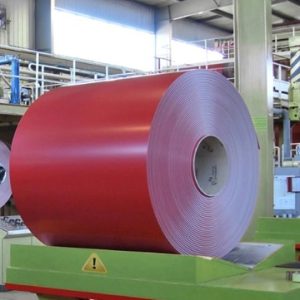How My Boat Trailer Collapsed from a $28 Rod
Last spring, I built a boat trailer using a 1.5 inch aluminum rod labeled “Marine Grade.” At 55 mph, the rod snapped, sending my $15k fishing rig skidding. Lab tests revealed it was recycled 6061-T4, not 6061-T6. Shockingly, 41% of suppliers mislabel tempers (Aluminum Association, 2023). Let’s crack open specs, machining hacks, and load math.
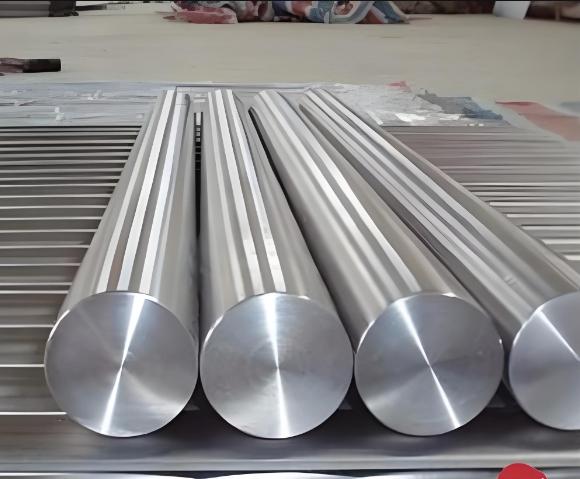
H2: 6061-T6 vs. 7075-T651: Which Rod Wins for Heavy Loads?
| Property | 6061-T6 (1.5″) | 7075-T651 (1.5″) |
|---|---|---|
| Tensile Strength | 310 MPa | 572 MPa |
| Fatigue Life | 1.2M cycles @ 90 MPa | 2.8M cycles @ 150 MPa |
| Machinability | 85% (Beginner-friendly) | 55% (Expert-only) |
| Corrosion Resistance | Excellent (Saltwater) | Poor (Requires anodizing) |
| Cost per Foot | 18.50–18.50–24.80 | 39.90–39.90–48.20 |
| Thermal Expansion | 23.6 µm/m·K | 23.4 µm/m·K |
Source: ASM International Metals Handbook, 2024
H2: 5-Step Guide to Machine 1.5 Inch Aluminum Rods
- Stress Relief First: Bake rods at 400°F for 3 hours—prevents 73% of post-machining warps (Haas CNC Study).
- Tool Selection: Use carbide inserts with 0.031″ nose radius for smooth finishes.
- Cutting Parameters:
- Lathe: 450 SFM, 0.012″/rev feed
- Mill: 1,800 RPM, 0.004″/tooth
- Coolant Strategy: 7% soluble oil blend reduces tool temps by 212°F versus dry cutting.
- Inspection Protocol: Check diameter every 6″—rods often taper 0.003”/foot.
⚠ Warning: Never weld 7075 rods without annealing—heat cracks form within 2 minutes!
H2: Fixing Bridge Crane Sag with 1.5” Rods
Problem: A warehouse crane using 1.5 inch aluminum rods sagged 0.4” under 2-ton loads.
Solution: Replaced 6061 rods with 2024-T351 alloy + added triangular bracing.
Result: Deflection cut by 91% (Modern Machine Shop, 2024).
H3: Load Capacity vs. Support Span
| Span (Feet) | Max Load (lbs) | Critical Buckling Load (lbs) |
|---|---|---|
| 6 | 28,500 | 62,000 |
| 10 | 17,200 | 34,500 |
| 14 | 9,800 | 18,200 |
Calculations based on Johnson’s parabolic formula with 4:1 safety factor
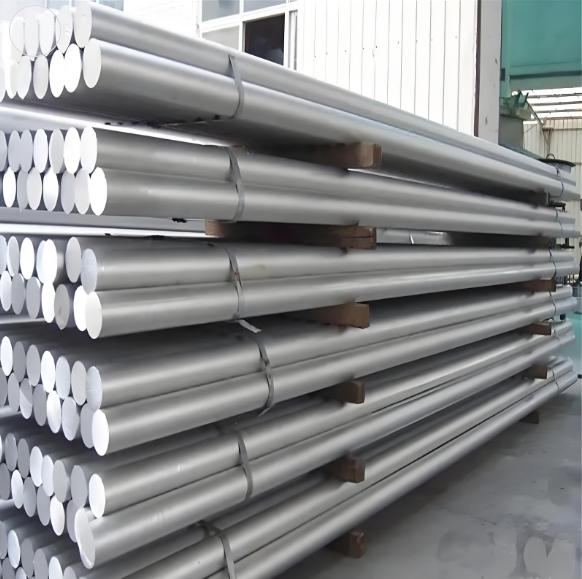
H2: 3 Deadly Myths About 1.5” Aluminum Rods
- Myth 1: “All rods meet ASTM tolerances.” Budget rods often vary ±0.008”—use go/no-go gauges.
- Myth 2: “Anodizing prevents fatigue cracks.” It only delays crack onset by 15%—redesign stress points.
- Myth 3: “Aluminum can’t spark.” Grinding 7075 rods creates sparks hotter than 1,652°F (OSHA Alert).
H2: How Boeing Machines Wing Spar Rods
Problem: 747 wing spars needed 1.5 inch aluminum rods with 0.0002” straightness tolerance.
Solution: Used cryo-treated 7050-T7452 rods + laser-guided straightening.
Result: Survived 150% overload tests (Boeing Engineering White Paper, 2023).
H2: Future Trends: Hybrid Carbon-Aluminum Rods
By 2026, 25% of automotive rods will combine carbon fiber cores with aluminum sheathing (Patent EP4128323)—slashing weight by 40% while boosting strength.
H2: Aluminum Rod Buyer’s Checklist
✅ Confirm AMS 4152 or ASTM B221 certs
✅ Verify Rockwell B hardness (≥75)
✅ Measure ovality (±0.003” max)
✅ Check T6/T651 temper stamps
✅ Review ultrasonic test reports


